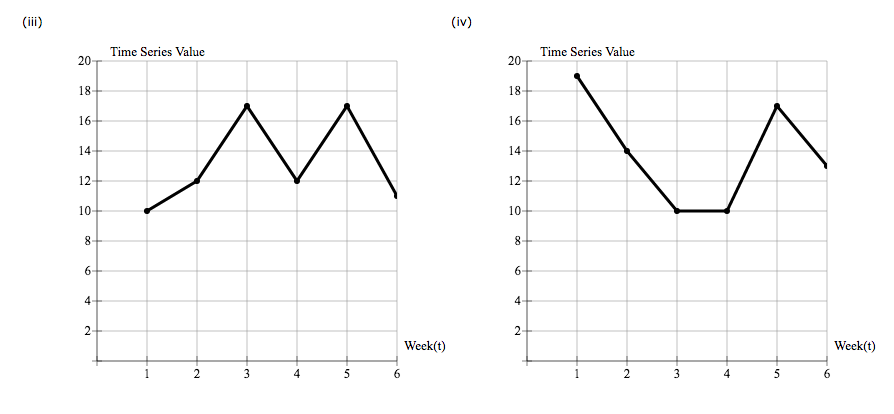
The new datum, called NAD 83, is the most commonly used horizontal positioning datum today in the United States. In 1983, NAD 27 was adjusted to remove inaccuracies and to correct distortions. This datum was used extensively during the next 60 years as the primary reference for horizontal positioning. Coast and Geodetic Survey, the predecessor of the National Geodetic Survey, "connected" all of the existing horizontal markers together and created the North American Datum of 1927 (NAD 27). Learn more and view a larger version of this image. When positioning markers are located on flat ground, large towers such as this were often erected above them allowing geodesists to observe the monument's accurate position over large distances. As technology has improved, surveyors now rely almost exclusively on the Global Positioning System (GPS) to identify locations on the Earth and incorporate them into existing datums. To "connect" the horizontal markers into a unified network, or datum, surveyors have used a variety of methods, including triangulation. When markers were set on flat land, towers were built above them to aid surveyors in locating them. To maximize the line-of-sight between markers, they were usually set on mountaintops or at high elevations. These markers were placed so that surveyors could see one marked position from another. To create the horizontal datum, or network of horizontal positions, surveyors marked each of the positions they had identified, typically with a brass, bronze, or aluminum disk or monument. For us, an important part of a modern aesthetic is an underlying philosophy that guides the decision making process, and these guidelines on horizontal datum lines are a good example.At its most basic level of definition, the horizontal datum is a collection of specific points on the Earth that have been identified according to their precise northerly or southerly location (latitude) and easterly or westerly location (longitude).
#Horizontal datum how to#
They help us educate the trades on how to best build our projects, they put all of our experience in design and construction to best use, and they make our time more effective in the office. This datum varies as it is based on the eye level of the users. These include thermostats, alarm systems, the occasional wall mounted iPad, and any other screen-read device. There are a host of devices which cater more to the eye than to the hand. No sense in forcing alignment just for the sake of principle. Cabinets are their own beast, and we’ve found a kit of parts that works. In the past, we have wrangled the alignment of cabinet heights and door/window header heights (and have made it work), but the detailing and coordination during construction is fussy and quickly becomes a time-suck. While cabinet countertop surfaces maintain a consistent datum with other elements of a project, we’ve found that the top of full-height cabinets need to operate on their own. Adhering to this datum also makes the exterior wall framing straight-forward. This dimension is based on standard door and window heights as well as effective sight-lines within the structure.

There are of course exceptions, but for the most part this is a common datum on our projects. It’s not necessary in the strictest sense, but it does wonders for reducing visual clutter, streamlining the user experience, and creating a predictable set of instructions for the construction.ĭoor and window head heights are typically set at 80″ or 84″.

The thinking is that anything a person would reach out to grasp should all be within the same plane- predictable to the point that you could maneuver around your house in the dark. Years ago, we made the decision to align these elements across the board, and we haven’t looked back. The objects we interact with in a space (switches, plugs, knobs) are maintained along their own datum.

Outside, common adjacencies involve guardrails and windows, so it helps to have a common horizontal geometry between the two for visual harmony. This datum line becomes all the more prominent inside as the backsplash band begins at the countertop level. It also defines a consistent location for horizontal window mullions and other built-in surfaces. This mid-range datum is defined primarily by guardrail and countertop standard heights. Today’s post covers the horizontal datum lines we adhere to on our projects along with a bit of rationalizing. While not everything on a project can be perfectly aligned all the time (placement follows function), we find that there are horizontal datum bands that can effectively guide the placement of just about everything required of an interiors package. We’ve covered the subject in multiple posts and today’s post takes a closer look at the importance of simply lining things up. The subject of alignment and reducing visual clutter is well-tread territory in the world of modernism, as well as the pages of this blog.


 0 kommentar(er)
0 kommentar(er)
